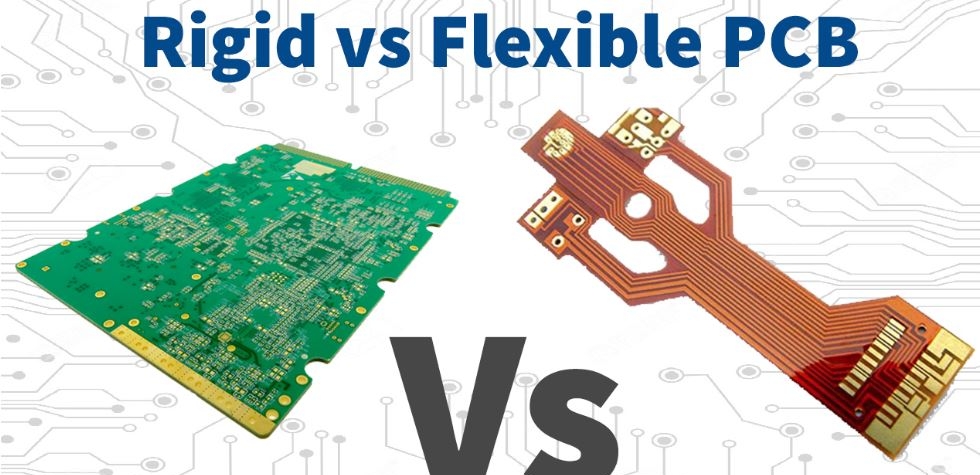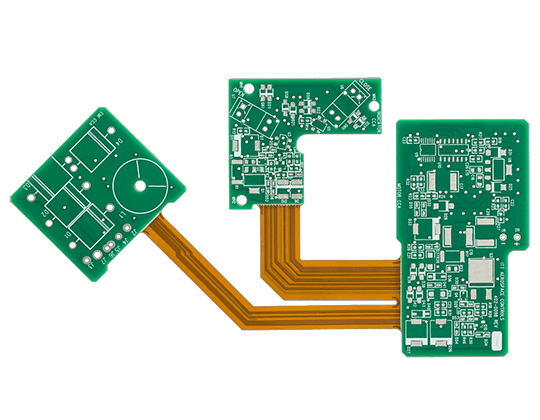Printed Circuit Boards (PCBs) form the foundational infrastructure of nearly all electronic devices, facilitating essential electrical connectivity and operational capabilities. As technological advancements continue, there has been a notable rise in demand for specialized PCBs, particularly rigid and flexible types. Flexible PCBs, renowned for their versatility and compact design, have gained significant importance in both high-precision equipment and everyday consumer electronics. Best FPC stands as a premier manufacturer based in Asia, distinguished for its expertise in producing and assembling Flexible Circuits and Flexible Printed Circuit Boards. Upholding rigorous standards such as RoHS, ISO9001, and ISO13485, and adhering strictly to IPC guidelines, we ensure each product meets stringent quality benchmarks. Opting for Best Technology guarantees customers a partnership focused on quality assurance and punctual delivery, empowering diverse applications with reliable performance.

Understanding Rigid PCBs
Definition and Characteristics of Rigid PCBs
Rigid Printed Circuit Boards (PCBs) are crafted from solid substrate materials that impart structural integrity, preventing the board from bending. Typically composed of materials like fiberglass, rigid PCBs offer robustness and thermal resistance crucial for various electronic applications.
Typical Applications and Industries Where Rigid PCBs Are Preferred
Rigid PCBs serve as foundational components in standard consumer electronics, industrial machinery, and automotive systems. They are integral to desktop computers, televisions, home appliances, and medical equipment, where stability and fixed circuitry layouts are essential.
Advantages of Rigid PCBs
Rigid PCBs excel in stability and cost-effectiveness, particularly in large-scale production environments. Their straightforward design and manufacturing processes make them easier to produce compared to flexible PCBs. Known for their durability and reliability in static conditions, rigid PCBs require minimal maintenance and are favored by manufacturers for their ease of assembly.
Exploring Flex PCBs
Definition and Characteristics of Flex PCBs
Flexible Printed Circuit Boards (Flex PCBs) utilize flexible high-performance plastic substrates such as polyimide or polyester film. Designed to bend and conform to varying shapes and movements, flex PCBs enable intricate electronic designs without compromising circuit integrity.
Typical Applications and Industries Where Flex PCBs Excel
Flex PCBs are indispensable in modern portable electronics like smartphones, tablets, and wearable devices due to their ability to withstand bending and twisting. They are also prevalent in aerospace, military, and medical sectors, where lightweight and adaptable circuitry is crucial for challenging environments.
Advantages of Flex PCBs
Flex PCBs offer unparalleled flexibility, allowing them to fit into compact spaces and unconventional shapes. This flexibility reduces the need for additional connectors, enhancing reliability and durability in dynamic conditions. Moreover, their lightweight construction contributes to overall weight savings in devices, while streamlined assembly processes reduce production costs and complexity.
Both rigid and flex PCBs cater to distinct needs in electronics, each offering unique advantages in terms of design flexibility, durability, and application versatility. Choosing between them depends on specific project requirements and environmental considerations, ensuring optimal performance and functionality in electronic applications.
Key Differences Between Rigid and Flex PCBs
Design Flexibility and Freedom of Movement
Flex PCBs offer extensive design flexibility and the ability to bend, twist, and conform to non-standard shapes, making them ideal for compact and portable devices with limited space requirements. In contrast, rigid PCBs are designed for static applications where the board remains fixed and does not require flexibility or movement.
Cost Considerations: Initial Investment vs. Lifecycle Costs
While flex PCBs generally incur higher initial manufacturing costs due to their complex production processes and materials, they can often lead to lower lifecycle costs. This is because flex PCBs reduce overall device footprint, weight, and the number of interconnects, which can translate to savings in assembly, maintenance, and space utilization. Rigid PCBs, on the other hand, are more cost-effective for larger production volumes and simpler design requirements.

Performance Metrics: Reliability, Durability, and Environmental Factors
Flex PCBs excel in dynamic environments where they may experience mechanical stress and movement, offering high durability and reliability under such conditions. They are also lightweight and resistant to environmental factors. Rigid PCBs are preferred for applications demanding high reliability in static environments, such as industrial machinery and automotive electronics, where they demonstrate robust performance against heat, humidity, and other environmental stresses.
Choosing the Right PCB for Your Project
Factors Influencing the Decision
Choosing between rigid and flex PCBs involves evaluating factors such as the final product’s form factor, environmental conditions, and assembly complexity. Projects requiring lightweight, thin profiles, and flexible designs often benefit from flex PCBs, whereas those needing stable and cost-effective solutions lean towards rigid PCBs.
Examples Illustrating the Appropriate Use of Rigid vs. Flex PCBs
Illustrative case studies highlight where each type excels. For instance, rigid PCBs are integral to desktop computers and automotive control systems for their durability and cost-efficiency. Conversely, flex PCBs find application in wearable devices and medical equipment due to their flexibility and lightweight nature, critical for comfort and mobility.
Guidance on Selecting the Optimal PCB Type Based on Project Requirements
Selecting the optimal PCB type hinges on a thorough analysis of project specifications, encompassing mechanical, electrical, and environmental demands. Collaboration with PCB experts aids in identifying the most suitable type, ensuring alignment with project goals and performance expectations.
Manufacturing Considerations
Overview of Manufacturing Processes for Rigid and Flex PCBs
Manufacturing rigid PCBs involves layering and etching copper on a solid substrate, a straightforward process suited for static applications. In contrast, flex PCB manufacturing necessitates meticulous handling of flexible materials and employs complex lamination and etching techniques to maintain circuit integrity during bending and twisting.
Quality Control and Testing Standards Specific to Each Type
Both rigid and flex PCBs undergo stringent quality control measures, albeit with distinct focuses. Flex PCBs are rigorously tested for flexibility and endurance under mechanical stress, ensuring resilience in dynamic environments. Rigid PCBs prioritize structural integrity and electrical reliability testing to meet stringent performance standards.
Supplier Considerations and Sourcing Options
Choosing a reliable PCB supplier involves assessing expertise in the desired type—rigid or flex—alongside production capacity, adherence to quality standards, and responsiveness to customization needs. Evaluating a supplier’s track record and ability to meet deadlines further ensures seamless integration into project timelines and objectives.
Closing Thoughts
Grasping the differences between rigid and flex PCBs is crucial for engineers and designers navigating the varied applications of electronics. Rigid PCBs offer stability and cost-effectiveness, suited to static environments like desktop computers and automotive electronics. Conversely, flex PCBs deliver flexibility and durability, proving indispensable in portable devices and intricate installations. The selection between these PCB types depends on project specifics, environmental factors, and assembly intricacies. Collaboration with PCB experts ensures customized solutions that enhance performance and reliability tailored to specific requirements. By capitalizing on the unique strengths of each PCB type, engineers can adeptly design and implement electronic systems that meet exacting standards for functionality, endurance, and efficiency across diverse industries.










 2024-06-18
2024-06-18
 BEST
BEST

.png)
.png)
.png)
.png)

.png)

